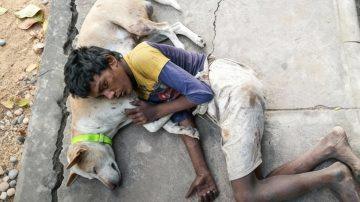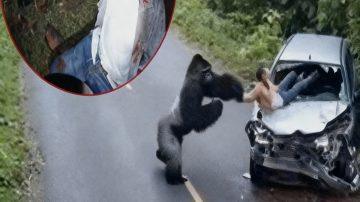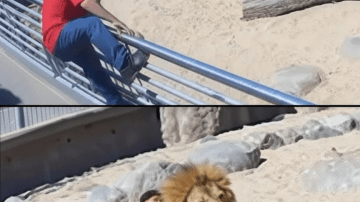The image of a dog, its muzzle bound with tape and its paws similarly restrained, sitting amidst tall grass, speaks volumes without uttering a single sound. It’s a stark, heartbreaking tableau that immediately confronts us with the harsh realities of animal cruelty and neglect. This visual evidence isn’t just a photograph; it’s a desperate plea, a silent cry echoing from the vulnerable and voiceless members of our world. It forces us to look beyond the surface, to question how such acts can occur, and more importantly, what we, as a society, can do to prevent them. The dog’s wide-open mouth, perhaps in a pant or a silent howl, and its resigned posture paint a vivid picture of suffering, urging us to listen to what it cannot say and act on its behalf.

This disturbing scene raises critical questions about the responsibility we hold towards animals. Pets, by their very nature, are dependent on humans for their well-being, sustenance, and safety. When that trust is betrayed, and they are subjected to such inhumane treatment, it reflects a profound failure on our part to uphold our moral obligations. It underscores the urgent need for stronger animal protection laws and more rigorous enforcement to deter such heinous acts.

The psychological and physical trauma inflicted upon an animal in such a state can be immense and long-lasting. Imagine the fear, confusion, and pain experienced by this dog, left incapacitated and vulnerable. The road to recovery for such an animal often involves extensive veterinary care, behavioral therapy, and immense patience and love from dedicated rescuers and adoptive families.

This incident serves as a poignant reminder that animal abuse is not an isolated problem. It often stems from a deeper societal issue, sometimes linked to other forms of violence. Educating communities about responsible pet ownership, the signs of abuse, and the importance of reporting suspected cases is crucial in creating a safer environment for all living beings.

Animal shelters and rescue organizations play a vital role in addressing such crises. They provide immediate care, rehabilitation, and a chance at a new life for animals like the one depicted. Supporting these organizations through donations, volunteering, or fostering can make a significant difference in their ability to continue their life-saving work.
Ultimately, the image compels us to reflect on our collective humanity. The way we treat the most defenseless among us is a true measure of our compassion and moral compass. Let this image not just be a snapshot of despair, but a catalyst for change, inspiring us all to be vigilant advocates for animal welfare.







